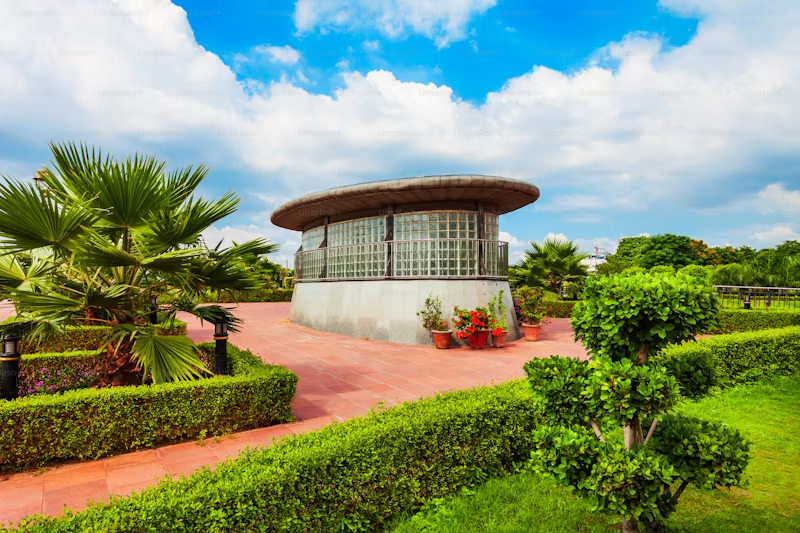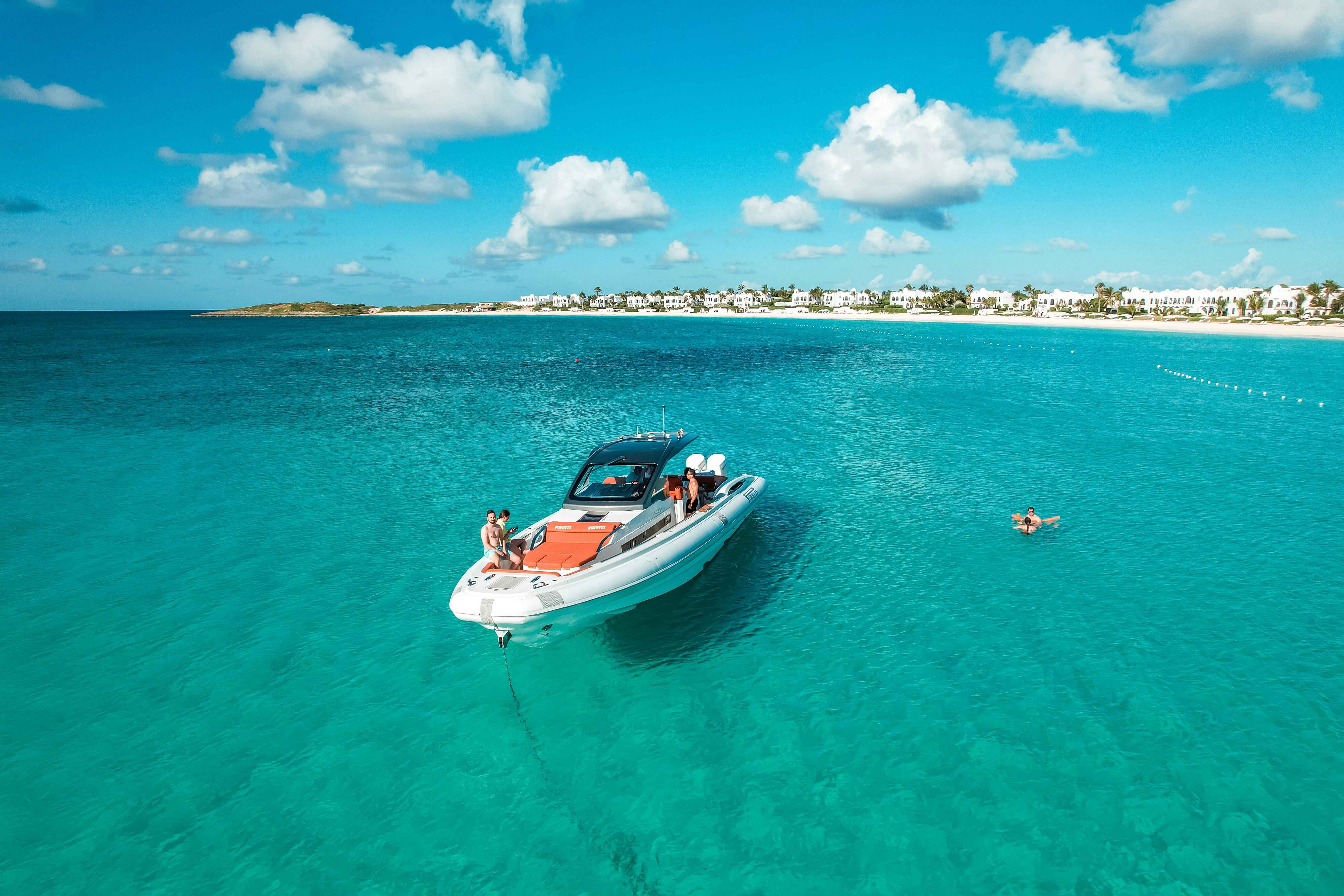Stay connected with Airtel’s international roaming plans as you explore Tanzania’s top places to visit, exciting things to do, and insider tips, ensuring reliable communication while discovering the country’s breathtaking landscapes, wildlife, and rich culture.
Buy International Roaming Pack
Tanzania awakens the senses like few places on Earth. Here, snow-capped Kilimanjaro rises majestically over the savannah, while lions roar across the Serengeti plains. The Indian Ocean laps against pristine beaches on the Swahili Coast and Zanzibar’s Stone Town echoes with calls to prayer from ancient mosques. Tanzania is where nature reigns supreme and adventures await at every turn.
Tanzania’s Top Tourist Attractions and Places to Visit
1. Serengeti National Park
The Serengeti needs little introduction. This UNESCO World Heritage Site is synonymous with the quintessential African safari experience. The park’s endless grasslands host the annual wildebeest migration, where over 1.5 million wildebeest, 200,000 zebras and 350,000 gazelles make a 1000-kilometre round trek in search of fresh grazing. But the Serengeti offers unparalleled wildlife viewing year-round. All of the Big Five—lions, leopards, elephants, rhinos and buffalo – roam the savannah here.
Some key facts about Serengeti National Park:
-
Size: 14,750 square kilometres
-
Best time to visit: June-October (dry season) for wildlife viewing, especially the wildebeest migration
-
Key wildlife: Lions, cheetahs, leopards, elephants, giraffes, hippos, crocodiles, wildebeests, zebras
-
Notable features: Grumeti River, Retina Hippo Pool, Moru Kopjes, Seronera Valley
-
Where to stay: Luxury lodges, tented camps, campsites
2. Ngorongoro Crater
Adjacent to the Serengeti, the Ngorongoro Conservation Area contains the world’s largest intact volcanic caldera. This 20-kilometer wide crater acts as a natural enclosure for an astonishing array of wildlife. With a population of about 25,000 large animals, it offers the best chance of spotting the Big Five in a short space of time. The Ngorongoro Crater is also one of the best places in East Africa to see the endangered black rhino.
|
Key Facts |
Ngorongoro Crater |
|---|---|
|
Size |
8,292 sq. km (3,202 sq. miles) |
|
Formed |
2-3 million years ago when a large volcano exploded and collapsed |
|
Elevation |
Crater floor averages 1,524m above sea level |
|
Wildlife |
30,000 animals, including dense population of lions, elephants, black rhinos |
3. Mount Kilimanjaro
At 5,895 metres, Mount Kilimanjaro is Africa’s highest peak and the world’s tallest free-standing mountain. Its snow-capped summit rises above the clouds, providing an irresistible challenge for trekkers. Several routes wind up the mountain, passing through diverse ecosystems from montane forests to alpine meadows and glacial landscapes. Climbing ‘Kili’ is a bucket-list feat for many adventurers.
-
Highest Point: Uhuru Peak (5,895m/19,341ft)
-
Average Climbing Days: 5-9 days
-
Main Routes: Machame, Marangu, Lemosho, Rongai, Shira, Umbwe
-
Best Climbing Season: January-March, June-October
-
Tips: Proper acclimatization is key. Choose a longer route for better success chances.
4. Zanzibar
Zanzibar is a tropical paradise just off Tanzania’s coast. This archipelago is steeped in history and culture, with influences from Africa, Arabia, and India. Stone Town, a UNESCO World Heritage Site, is a labyrinth of narrow streets lined with ancient buildings, bustling bazaars, and ornate mosques. Beyond the historic capital, Zanzibar’s beaches are the perfect place to relax after a safari. Snorkel in crystal-clear waters, explore spice plantations, or simply soak up the sun.
Top Beaches in Zanzibar:
-
Nungwi Beach – Pristine sands, clear waters, lively atmosphere
-
Kendwa Beach – Quieter alternative to Nungwi, stunning sunsets
-
Paje Beach – Paradise for kitesurfing enthusiasts
-
Matemwe Beach – Laid-back vibe, access to Mnemba Atoll’s reefs
-
Bwejuu Beach – Serene and secluded, fringed by palm trees
5. Tarangire National Park
Tarangire may be one of Tanzania’s lesser-known parks, but it’s a gem for wildlife enthusiasts. The park is named after the Tarangire River which flows through it, drawing huge herds of elephants and other animals during the dry season. Baobab trees dot the landscape, adding to the park’s unique atmosphere. Tarangire is also known for its diverse birdlife, with over 550 species recorded.
Wildlife Highlights in Tarangire:
-
Elephants – Herds of up to 300 individuals gather along the river
-
Tree-climbing lions – A rare sight, but Tarangire is one of the best places to spot them
-
Baobab trees – Some of the largest in Tanzania, many over 1,000 years old
-
Birds – Paradise for birders, with species like yellow-collared lovebirds and ashy starlings
6. Lake Manyara National Park
This small park packs a big punch in terms of biodiversity. The alkaline Lake Manyara attracts flocks of flamingos, while the groundwater forest hosts troops of baboons and other primates. The park is famous for its tree-climbing lions, which can sometimes be spotted lounging on branches. Manyara’s varied habitats, from acacia woodlands to marshes, support a wealth of wildlife.
|
Lake Manyara Fact File |
|
|---|---|
|
Size |
330 sq. km (127 sq. miles) |
|
Ecosystem |
Rift Valley soda lake, groundwater forest, acacia woodland, grassland |
|
Key Wildlife |
Flamingos, tree-climbing lions, elephants, hippos, giraffes, baboons |
|
Birdlife |
Over 400 species, including flamingos, cormorants, pelicans, storks |
|
Activities |
Game drives, canoeing (when water levels allow), nature walks, night drives |
Getting Around Tanzania
Tanzania is a vast country, but a network of domestic flights and well-maintained roads make getting around relatively easy. The most convenient way to travel between parks is to fly, with several airlines offering daily services. Road transfers are a more budget-friendly option, with the added bonus of watching the landscapes unfold as you travel.
For reliable connectivity on the go, consider an international roaming plan from Airtel. With coverage in 184 countries including Tanzania, you can stay connected with family back home, make reservations, and access maps and travel apps without worrying about local SIM cards.
When to Visit Tanzania
Tanzania is a year-round destination, but the best time to visit depends on your interests. The dry season (June-October) offers the best wildlife viewing, as animals gather around waterholes and rivers. This is also the best time to see the wildebeest migration in the Serengeti.
The wet season (November-May) brings lush landscapes and is ideal for birdwatching. Some lodges close during the heavy rains of April-May.
For climbing Kilimanjaro, the best months are January-March and June-October, which coincide with the dry seasons on the mountain.
Stay Connected During Your Tanzanian Adventure with Airtel
Tanzania offers an unparalleled array of things to do and places to visit. From iconic attractions like Serengeti and Ngorongoro to the idyllic beaches of Zanzibar, this East African gem promises adventure, relaxation, and unforgettable encounters with nature. With careful planning and Airtel’s reliable global coverage, you can craft the Tanzania trip of your dreams. Whether it’s a classic safari, a beach escape, or a once-in-a-lifetime Kilimanjaro climb, Airtel’s international roaming ensures you stay connected every step of the way. Tanzania awaits—start planning your adventure today.


 Get App
Get App  Airtel Store
Airtel Store  Login
Login 


